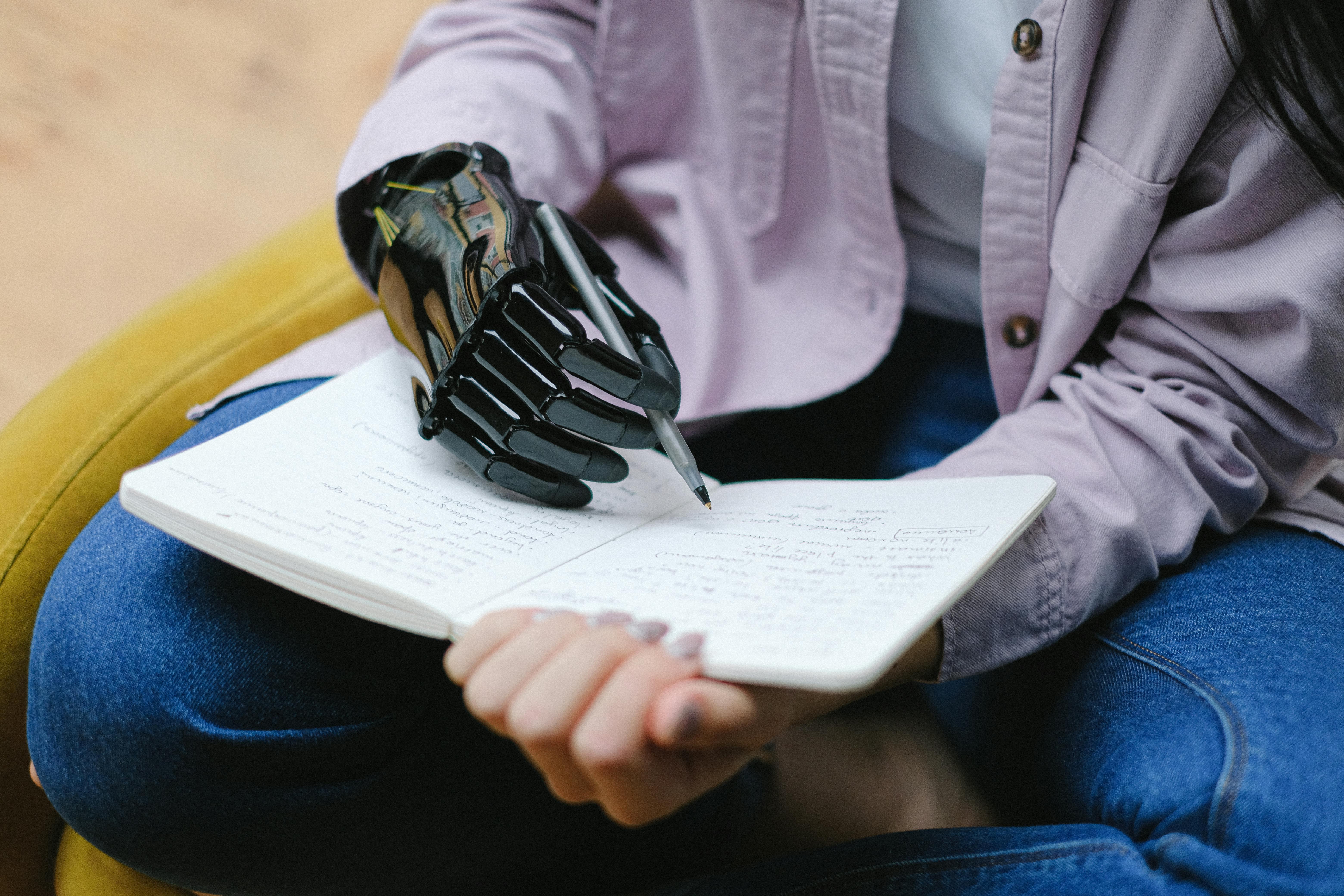Introduction: Transforming Teenage Education with AI
By 2024, artificial intelligence (AI) is expected to completely transform teenage education by establishing an exciting and dynamic learning environment. AI provides cutting-edge capabilities that enable more efficient teaching techniques, improve student engagement, and give customized learning experiences as technology develops. The way artificial intelligence (AI) is changing the teenage educational environment and how teachers may make the most of this technology are examined in this article.
Notes: The Function of Artificial Intelligence in Present Education
The current educational scene is being revolutionized by artificial intelligence. AI may examine enormous volumes of data to improve educational outcomes by using machine learning algorithms and adaptive learning technologies. Important advancements such as automated grading, predictive analytics, and intelligent tutoring technologies are making learning more effective and customized. Together with improving academic achievement, these developments are getting kids ready for a future dominated by technology.

Advantages of AI for Education of Teenagers
Teenage education gains a number of important advantages from AI. AI first of all makes customized learning possible. Artificial intelligence-driven platforms can customize educational content to suit the needs of every student by evaluating their learning style, strengths, and weaknesses. This customized method improves comprehension and memory of information.
Second, by using interactive learning technologies like augmented reality (AR) and virtual reality (VR), AI improves engagement. Deeper interest in STEM fields—science, technology, engineering, and mathematics—is fostered by these technologies, which also increase learning immersion and enjoyment.
Thirdly, AI enhances the systems for evaluation and comment. Real-time feedback tools and automated grading systems enable pupils to see their progress and areas that need work. This quick response is very helpful in promoting a growth mentality and lifelong learning.

Classroom Practical Applications
There are many different and extensive practical uses of AI in the classroom. AI powers sites like Coursera and Khan Academy to offer resources and customized learning routes. To make sure nobody lags behind, AI-driven tutoring tools, for example, provide real-time support to students having trouble with particular subjects.
The effectiveness of integrating AI is demonstrated by case studies from educational institutions all around. The Ministry of Education of Singapore has put AI technologies into use to help teachers find students’ learning gaps and adjust their lessons appropriately. Comparably, a few of American districts have embraced AI-based assessment systems to simplify grading and offer comprehensive performance data.
AI helps teachers as well by automating administrative chores so they have more time to concentrate on teaching and student interaction. AI-powered attendance systems and chatbots that help with administrative questions are only two examples of how these technologies improve educational institutions’ overall efficiency.
Notes: Obstacles and Points to Remember
There are issues and things to think about even if AI has many advantages. Since not every student has equal access to cutting-edge technology, ensuring equity and access is critical. It will need bridging this digital gap before AI is widely used in education.
Important too are ethical issues. The greatest care must be taken when gathering and using student data to safeguard confidentiality and privacy. Ethical application of AI technologies must be ensured by educators and legislators putting strong data protection safeguards in place.
For educators as well, continuous professional development is crucial. For AI technologies to be successfully included in teaching methods, teachers require assistance and training.
Conclusion: The Future of AI in Adolescent Education
By 2024, AI is expected to revolutionize adolescent education by providing individualized instruction, raising participation, and enhancing evaluation techniques. With responsible use of AI and attention to issues like fairness and morality, teachers may use this technology to make the classroom more efficient and inclusive for every student. Future preparation of teenagers will depend on ongoing research and adaptation of AI in education.





